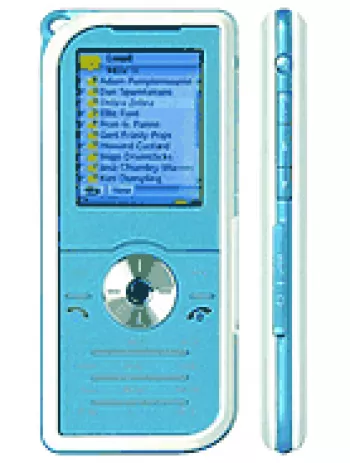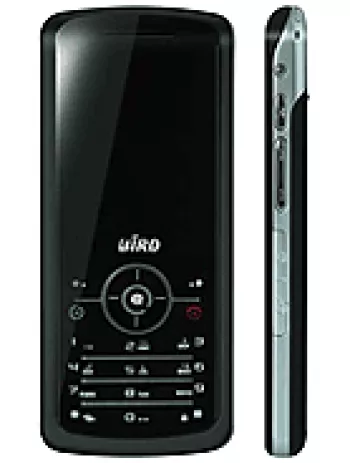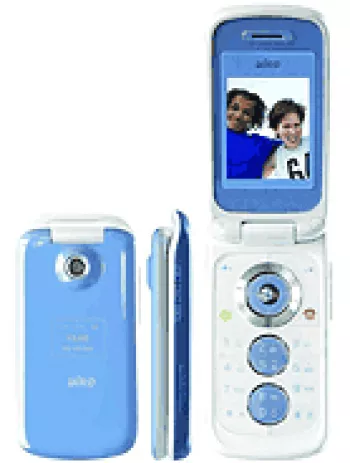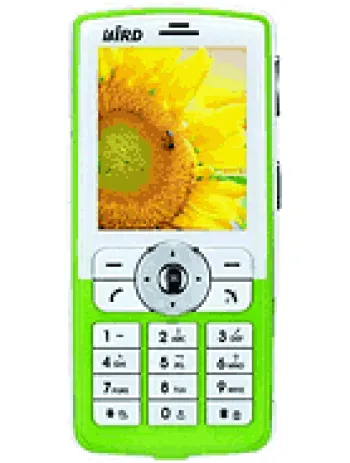
Overview of Bird S798
The Bird S798 was a mobile device that was announced in the third quarter of 2005 but was ultimately canceled before reaching the consumer market. As a feature phone, it was designed to cater to the basic communication needs of users during an era when smartphones were starting to gain popularity. Despite its cancellation, understanding its specifications helps provide insight into mobile technology developments during the mid-2000s.
Network Capabilities
The Bird S798 was equipped with GSM technology, supporting 2G bands GSM 900 and 1800. This was typical for mobile phones of the time, allowing users to access voice calls and limited text messaging services. It's important to note that no GPRS was supported, which meant the device was predominantly designed for standard voice communication without the capacity for mobile internet browsing that later generations of smartphones would support.
Design and Build
The Bird S798 featured a compact design with dimensions of 83.5 x 45.5 x 21.5 mm and weighed approximately 85 grams. This made it lightweight and easily portable. The body accommodated a Mini-SIM card, which was the standard at the time. Its design reflected the era’s emphasis on straightforward functionality rather than the sophisticated design philosophies of modern smartphones.
Display Features
The device boasted a CSTN display capable of showcasing 65K colors with a resolution of 128 x 128 pixels. Although compact by today's standards, this was a common screen type and resolution for feature phones, facilitating the display of basic graphics and text needed for navigation and communication.
Storage and Memory
In terms of memory, the Bird S798 did not support external card slots, which limited its storage capabilities. The phonebook could store up to 200 entries and was capable of recording 20 dialed, 20 received, and 20 missed calls. These storage features were standard for the period, meeting the basic needs of users without the expectation for multimedia storage that became prevalent with later technological advancements.
Sound and Alerts
The Bird S798 came with a loudspeaker and supported polyphonic ringtones, allowing users to have a variety of 16 different tones. This was an advanced feature for feature phones, adding a personalized user experience. However, the phone lacked a 3.5mm jack, which meant external audio devices could not be connected directly.
Communication and Connectivity
Unlike modern mobile phones, the Bird S798 did not support WLAN or Bluetooth communication methods. This limited its ability to transfer data wirelessly or connect to networks for internet usage. It did, however, include an FM radio, providing entertainment and information via broadcasting networks. The absence of USB connectivity also implied limited options for physical data transfers.
Software and Additional Features
On the software front, the Bird S798 featured basic SMS messaging capabilities and a WAP 2.0/xHTML browser, which allowed rudimentary internet access. Two built-in games provided entertainment, while the absence of Java support meant no additional apps could be installed. This reflected the device's position as a simple, function-focused mobile phone.
Battery Life
The Bird S798 was powered by a removable Li-Ion battery with a capacity of 900mAh. It offered a standby time of up to 100 hours and a talk time of approximately 3 hours. This was efficient for the time, allowing users to go about their daily activities with relatively frequent charges, considering the device’s communication-centric usage.
Key Features of Bird S798
- Compact size with dimensions of 83.5 x 45.5 x 21.5 mm, making it easy to carry.
- Lightweight design at just 85 grams.
- Colorful CSTN display with 65K colors and a resolution of 128 x 128 pixels.
- Polyphonic ringtones (16-tones) with vibration alerts for varied notification options.
- FM radio for entertainment and news on the go.
- WAP 2.0/xHTML browser for basic mobile internet browsing.
- Supports up to 200 phonebook entries to keep all your contacts organized.
- Removable Li-Ion battery offering up to 100 hours of standby time and up to 3 hours of talk time.
Disadvantages of Bird S798
- Only supports GSM technology without 3G or 4G capabilities
- Lacks GPRS and EDGE for data connectivity
- Device launch was cancelled
- Small display resolution at 128 x 128 pixels
- No external memory card slot for extra storage
- No camera feature available
- Does not include a 3.5mm headphone jack
- Missing wireless connectivity options like WLAN and Bluetooth
- Does not have GPS or positioning features
- Limited to very basic SMS messaging capability only
- Limited to only two pre-installed games and no Java support for additional apps or games
- Short talk time of up to 3 hours only
- Minimal standby time of up to 100 hours

View Also
More Phones
All Rights Reserved +14267 Phones © Mobilawy 2025

























